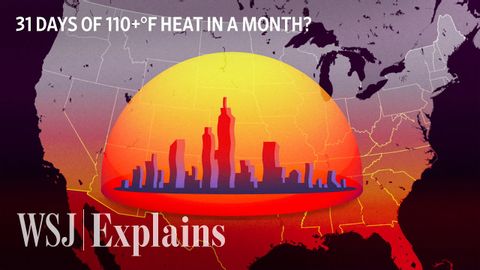熱波で死者まで?!米国を襲う「ヒートドーム現象」とは?
林宜悉 が 2023 年 08 月 04 日 に投稿  この条件に一致する単語はありません
この条件に一致する単語はありませんUS /ˈvʌlnərəbəl/
・
UK /ˈvʌlnərəbl/
- adj.攻撃されやすい;弱い : 脆弱な;傷つきやすい;説得されやすい;保護を必要とする : 弱い立場;批判されやすい;(ブリッジで)脆弱な
US /sɪɡˈnɪfɪkənt/
・
UK /sɪgˈnɪfɪkənt/
- v.t./i.ストレッチをする : 体を伸ばす;伸ばす : 張る : 広げる
- n.ストレッチ : 体を伸ばすこと;一続きのもの;(一続きの)時間 : 期間
US /ˈbesɪkəli,-kli/
・
UK /ˈbeɪsɪkli/
エネルギーを使用
すべての単語を解除
発音・解説・フィルター機能を解除
